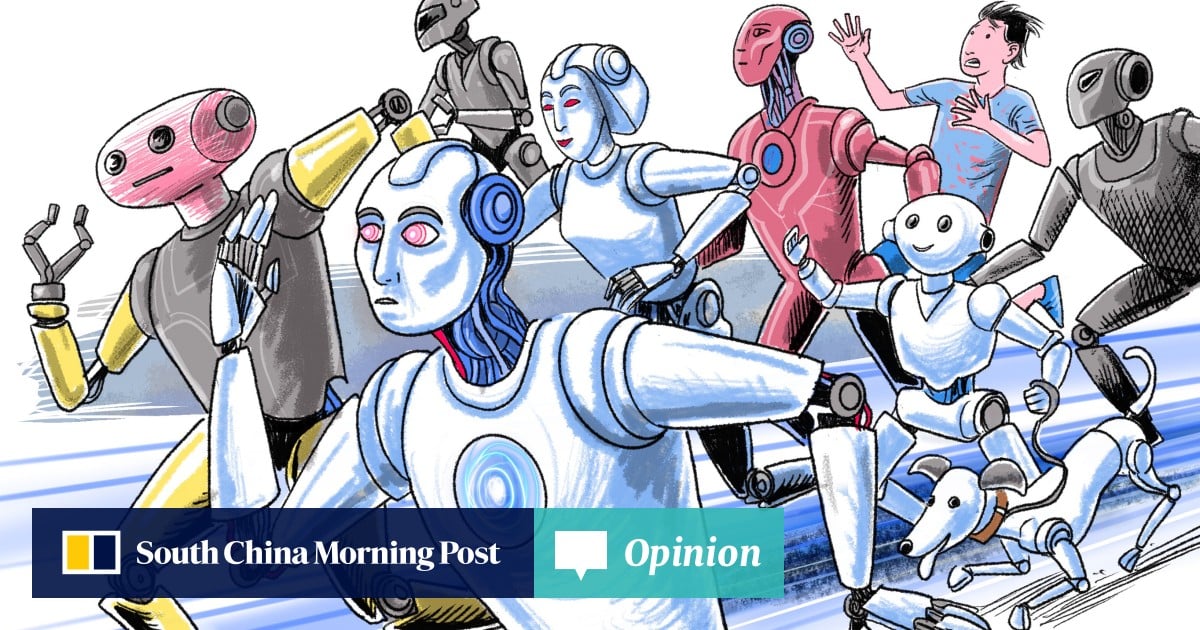Last week, the 2024 World Robot Conference took place in Beijing, featuring over 600 robotic products from around the world, attracting over 1.3 million attendees. There were 27 humanoid robots on display, capable of applications in manufacturing, healthcare, household management and entertainment.
As embodied artificial intelligence (AI) becomes the next technological frontier after large language models, researchers suggest that competition in robotics might become the new global space race in this century. Entrepreneurs in humanoid robotics are optimistic that within the next five to 10 years, robots could achieve mass production, potentially marking a ChatGPT moment for this technology.
In recent years, venture capitalists and businesspeople in Silicon Valley and beyond have spotted humanoid robots as a key industry that could drive tens of billions of dollars in growth in the coming years.
China has a long-term vision for the development of robots and broad applications in daily life. As such, it has designed policies that could stimulate and sustain innovations over the next few years. In addition to state-level guidelines, major cities including Beijing, Shanghai and Ningbo have established humanoid robots innovation centres.
These centres aim to gather financial resources and research talent to speed up the development of this industry. China is also integrating AI into primary and secondary schools to prepare young people for the future workforce.

